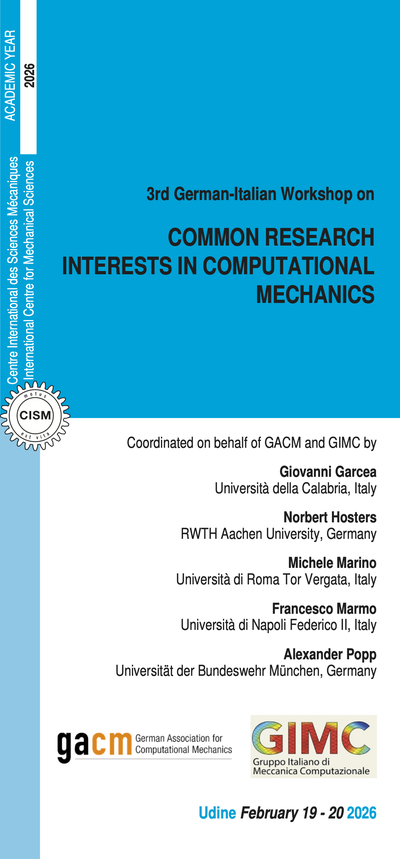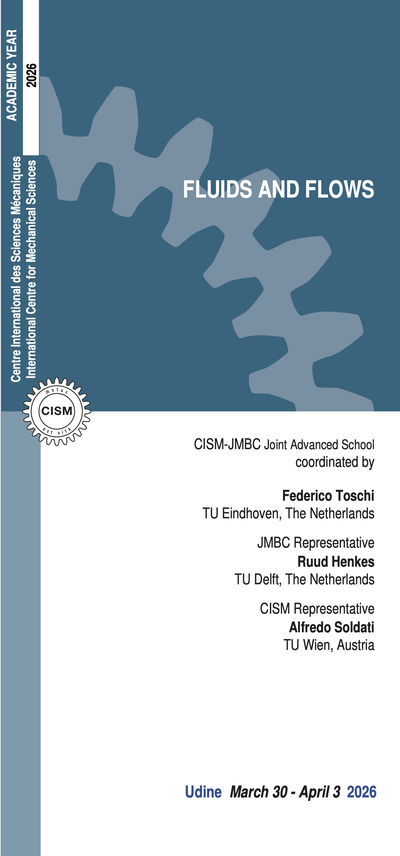F. Dos Reis, J.F. Ganghoffer. 'Construction of micropolar models from lattice homogenization’. Computers Struct. 2012, 112-113, 354-363.
I. Goda, M. Assidi, J.F. Ganghoffer. ‘Equivalent mechanical properties of textile monolayers from discrete asymptotic homogenization. J. Mech. Phys. Solids, 61, 12, 2013, 2537–2565.
Y Rahali and I Goda and JF Ganghoffer. ‘Numerical identification of classical and nonclassical moduli of 3D woven textiles and analysis of scale effects’, 2016. Composite Structures, 135, 122-139.
A. Charmettant, P. Boisse, E. Vidal-Sallé. ‘Hyperelastic modelling for mesoscopic analyses of composite reinforcements’. Composites Science and Technology, Elsevier, 2011, 71, 1623-1631.
P. Boisse, N. Hamila, E. Vidal-Sallé, F. Dumont. ‘Simulation of wrinkling during textile composite reinforcement forming. Influence of tensile, in-plane shear and bending stiffnesses’. Composites Science and Technology 71 (5), 683-692.
A. Shahsavari, R. C. Picu. ‘Size effects on mechanical behavior of random fiber networks’. Int. J. Solids Structures 50 (20-21), 2013, 3332-3338. doi:10.1016/j. ijsolstr.2013.06.004.
R. C. Picu. ‘Mechanics of random fiber networks: a review’. Soft Matter 7 (15) (2012) 6768{6785. doi:10.1039/C1SM05022B.
Mauri A., Hopf R., Ehret A.E., Picu C.R., Mazza, E., 2015, A discrete model to represent the deformation behavior uf human amnion, Journal of the Mechanical Behavior of Biomedical Materials, 58, 45-56. DOI: 10.1016/j.jmbbm.2015.11.009.
Mauri A., Ehret A.E., De Focatiis D.S.A., Mazza, E., 2015, A model for the compressible, viscoelastic behavior of human amnion addressing tissue variability through a single parameter, Biomechanics and Modeling in Mechanobiology, S.1-13. DOI: 10.1007/s10237-015-0739-0.
Mofrad MRK and Kamm RD Eds. Cellular Mechanotransduction: Diverse Perspectives from Molecules to Tissues, Cambridge University Press, 2014.
Mofrad MRK and Kamm RD Eds. Cytoskeletal Mechanics: Models and Measurements, Cambridge University Press, 2011.
6 lectures on: Continuous fibre composite reinforcement forming.
Composite structures are constructed using continuous fibre preforms. These preforms are obtained by forming textile reinforcements. The objective of this contribution is to analyse the specific behaviour of these fibrous reinforcements and to propose simulation approaches of their forming process.
6 lectures on: Discrete and continuous models for pantographic metamaterials and applications.
The recent demand of novel technological solutions in material science urged for the design of complex metamaterials exhibiting tailored behavior. The specification of the demanded behavior is obtained by fixing the evolution equation. Also strictly related to the concept of the design of tailored metamaterials is the problem of the determination of the microstructure of the various kinds of generalized continua which have been studied in the literature. A particular attention will be paid to pantographic microstructures and to the mechanical systems endowed with such a microstructure.
6 lectures on: Homogenization methods for fibrous materials-static and dynamic aspects.
6 lectures on: Mechanics of soft connective tissue. Characteristic features of soft biological tissues include large strain viscoelasticity, anisotropy, and chemomechanical coupling. Experimental observations under uniaxial and multiaxial loading states and their analysis using advanced continuum models as well as discrete fiber network models. Biological membranes and thin planar tissues represent soft mechanical structures with important physiological functions.
6 lectures on: Molecular biomechanics and mechanobiology of the cell. Mechanical phenomena affect nearly every aspect of cellular biology and function, yet the underlying mechanisms of how mechanical forces and biochemical signals interact is not clearly understood. We are interested in understanding the molecular basis of cell mechanics and mechanotransduction and shedding light on the role of these processes in human disease. Our specific attention is on the role of two macromolecular systems in cellular function, namely the integrin-mediated focal adhesions at the interface between the cell and extracellular matrix (ECM) and the nuclear pore complex (NPC).
6 lectures on: Mechanics of random fibrous media.
* Italian VAT is 22%..





